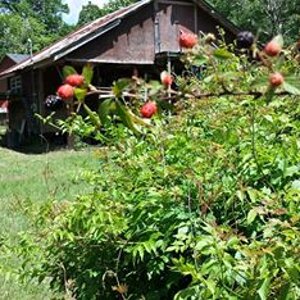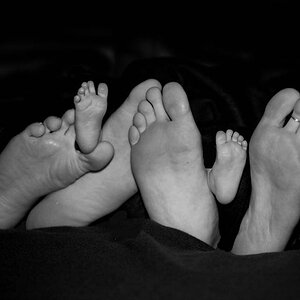<error>
TPF Noob!
- Joined
- May 24, 2015
- Messages
- 29
- Reaction score
- 1
- Location
- Paris, France
- Can others edit my Photos
- Photos OK to edit
How good is this? I understand it's not a solution in many cases, but for example in still photography, shooting manual all the way ?
I would want to add a lens for my product shooting. I have a Canon 40D with the 60mm macro lens, and am thinking adding a 100mm lens to the set.
I see lots of old glass, Canon or others, that are obsolete for some reason, at very interesting prices - any reasons against going this route ? Again, 100% manual is fine for me.
Any recommendations for what glass for still life, product, studio photography? And observations about the adapter ?
Thanks a lot guys!
I would want to add a lens for my product shooting. I have a Canon 40D with the 60mm macro lens, and am thinking adding a 100mm lens to the set.
I see lots of old glass, Canon or others, that are obsolete for some reason, at very interesting prices - any reasons against going this route ? Again, 100% manual is fine for me.
Any recommendations for what glass for still life, product, studio photography? And observations about the adapter ?
Thanks a lot guys!


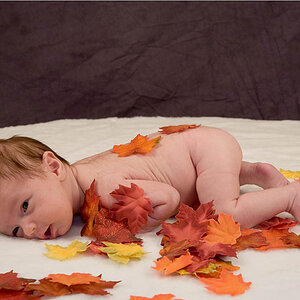
![[No title]](/data/xfmg/thumbnail/36/36395-66eaff4565ecf4245f13a9c469a9273b.jpg?1619737548)
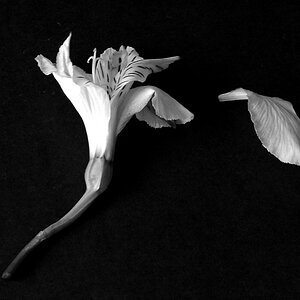
![[No title]](/data/xfmg/thumbnail/39/39186-88f5235eacfd57deab14674ccf8e7f0a.jpg?1619738905)
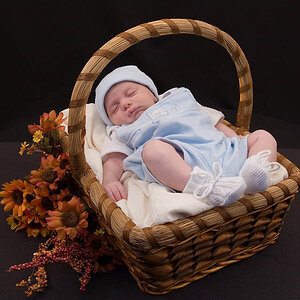
![[No title]](/data/xfmg/thumbnail/39/39184-d7e9fb25ed954af6adbcacfdf106df84.jpg?1619738904)
